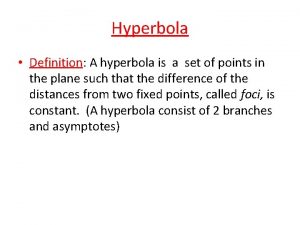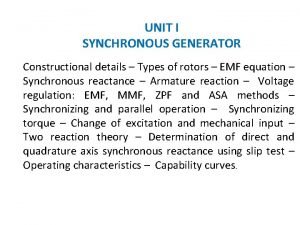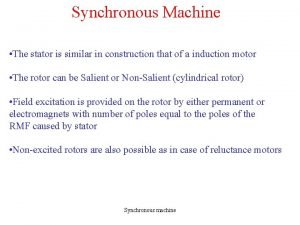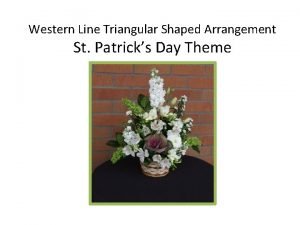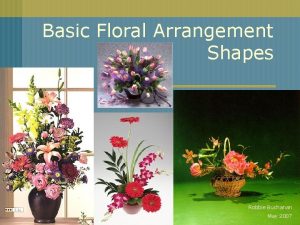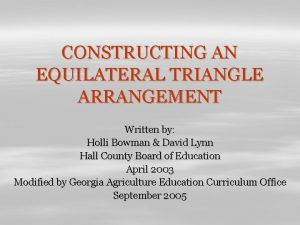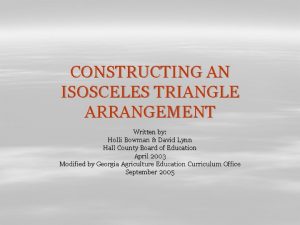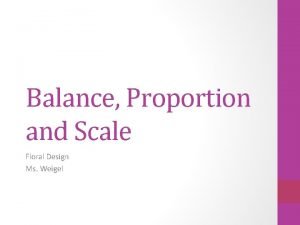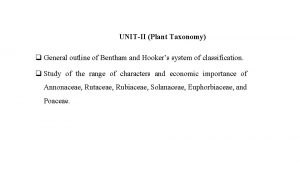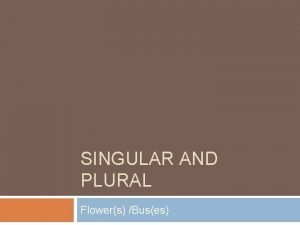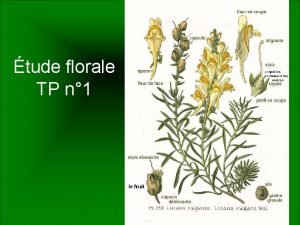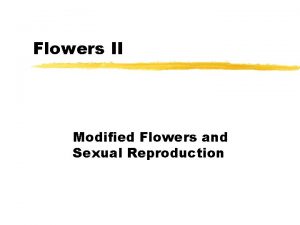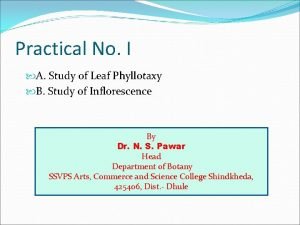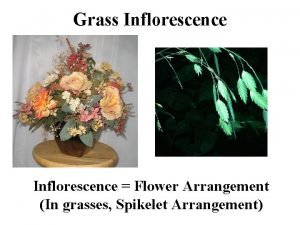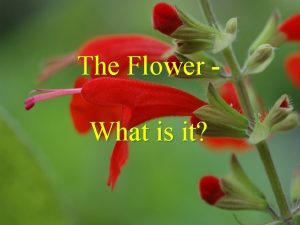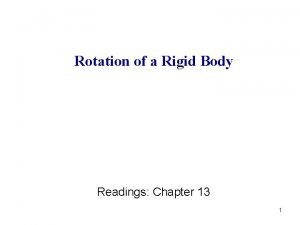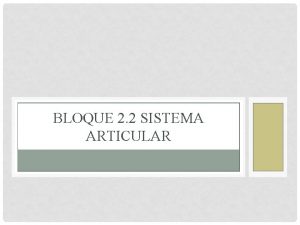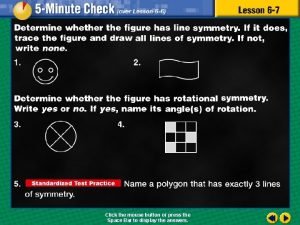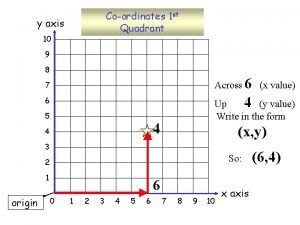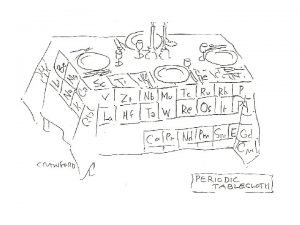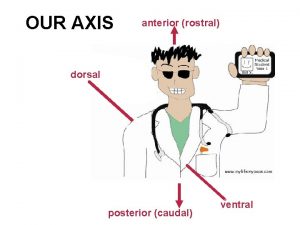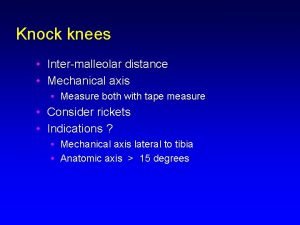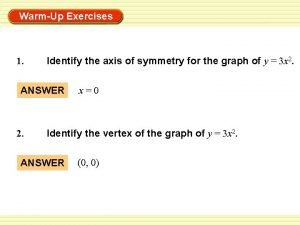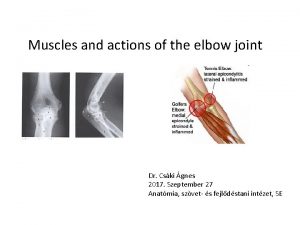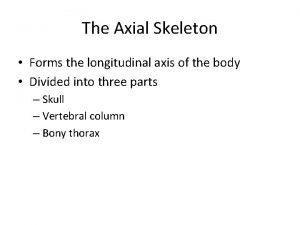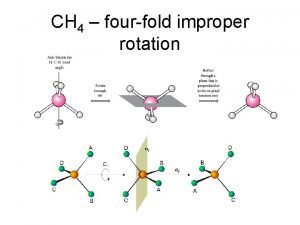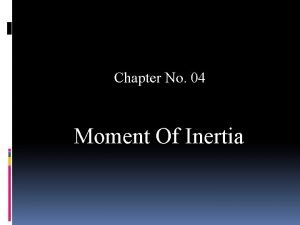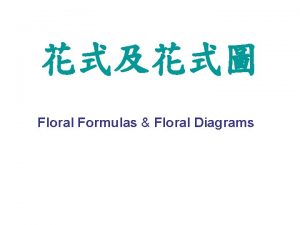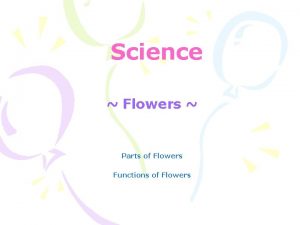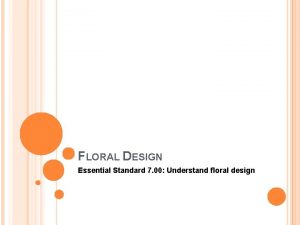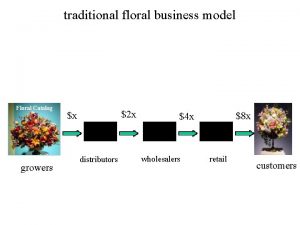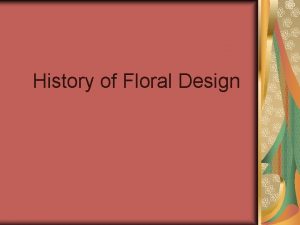INFLORESCENCE INFLORESCENCE arrangement of flowers on floral axis








































































- Slides: 72

INFLORESCENCE

INFLORESCENCE (arrangement of flowers on floral axis) Racemose-main axis continues to grow, flowers are arranged laterally in an acropital manner. Cymose-main axis terminates in a flower having limited growth, flowers are borne in a basipetal manner.

RACEMOSE


CYMOSE



CHARCTERSTICS OF FLOWER v. Bisexual/unisexual v. Actinomorphic/zygomorphic/asymmetric v. Trimerous/ tetramerous/ pentamerous v. Bracteate/ ebracteate v. Hypogynous/perigynous/epigynous v. Superior and inferior ovary.

• The flower is the reproductive unit in the angiosperms. • A typical flower has four different kinds of whorls arranged successively on the swollen end of the stalk or pedicel, called thalamus or receptacle. • In some flowers like lily, the calyx and corolla are not distinct and are termed as perianth. .

• bisexual : When a flower has both androecium and gynoecium, • unisexual : A flower having either only stamens or only carpels.

SYMMETRY: • When a flower can be divided into two equal radial halves in any radial plane passing through the centre, it is said to be actinomorphic, e. g. , mustard, datura, chilli. • When it can be divided into two similar halves only in one particular vertical plane, it is zygomorphic, e. g. , pea, gulmohur, bean, Cassia.

when a flower can be divided into two equal radial halves in any radial plane passing through the center it is said to be actinomprphic. egmusturd, chilli

• When the flower can be divided into two similar halves only in one particular vertical plane it is called zygomorphic. egpea, gulmohur.


• A flower is asymmetric (irre gular) if it cannot be divided into two similar halves by any vertical plane passing through the centre, as in canna.

• A flower may be trimerous, tetramerous or pentamerous when the floral appendages are in multiple of 3, 4 or 5, respectively. • Flowers with bracts, reduced leaf found at the base of the pedicel, are called bracteate and those without bracts, ebracteate.

TRIMEROUS FLOWER

TETRAMEROUS , PENTAMEROUS

BRACTEATE

HYPOGYNOUS FLOWER : – The gynoecium occupies the highest position while the other parts are situated below it. – The ovary in such flowers is said to be superior, – e. g. , mustard, china rose and brinjal.

Figure 5. 13 Position of floral parts on thalamus : (a) Hypogynous (b) and (c) Perigynous (d) Epigynous

HYPOGYNOUS FLOWER

PERIGYNOUS • Gynoecium is situated in the centre and other parts of the flower are located on the rim of the thalamus almost at the same level. • The ovary here is said to be half inferior, • e. g. , plum, rose, peach.

EPIGYNOUS FLOWERS • The margin of thalamus grows upward enclosing the ovary completely and getting fused with it, the other parts of flower arise above the ovary. • The ovary is said to be inferior as in flowers of guava and cucumber, and the ray florets of sunflower.

EPIGYNOUS

PERIGYNOUS

FLOWER

PARTS OF A FLOWER calyxgamosepalous/polysepalous corollagamopetalous/polypetalous


Figure 5. 13 Position of floral parts on thalamus : (a) Hypogynous (b) and (c) Perigynous (d) Epigynous

CALYX • The calyx is the outermost whorl of a flower and the members are called sepals.

GAMOSEPALOUS ND POLYSEPALOUS

COROLLA • Corolla is composed of petals are usually brightly colored to attract the insects for pollination.

if the petals are united then they are called gamopetalous. If the petals are not united they are called polypetalous.

EPIPETALOUS

EPIPHYLLUS


AESTIVATION OF SEPAL & PETAL

Aestivation: • The mode of arrangement of sepals or petals in floral bud with respect to the other members of the same whorl is known as aestivation. • Valvate: sepals or petals in a whorl just touch one another at the margin, without overlapping, Ex Calotropis,

• Twisted: one margin of the appendage overlaps that of the next one. Eg. china rose, lady’s finger and cotton, . • Imbricate: the margins of sepals or petals overlap one another but not in any particular direction. Eg Cassia and gulmohur,

• vexillary or papilionaceous : In pea and bean flowers, there are five petals, the largest (standard) overlaps the two lateral petals (wings) which in turn overlap the two smallest anterior petals (keel); this type of aestivation is known as.



ANDROECIUM • • • Composed of stamens Consists of filament & anther Sterile stamen is called staminode. Epipetalous-stamens attached to petals. Epiphyllous-stamens attached to perianth. Polyandrous-free stamens Monadelphous-stamens united into one bundle. Diadelphous-stamens united into two bundles. polyadelphous-stamens united into more than two bundles.

MONADELPHOUS, DIADELPHOUS

SYNANDROUS

GYNOECIUM female reproductive part of flower. consists of ovary , style , stigma ovary bears one/ more ovules attached to placenta. apocarpous-more than one free carpel syncarpous-fused carpels

GYNOECIUM

APOCARPOUS

SYNCARPOUS

PLACENTATIONarrangement of ovules in ovary

• In marginal placentation the placenta forms a ridge along the ventral suture of the ovary and the ovules are borne on this ridge forming two rows, as in pea. • When the placenta is axial and the ovules are attached to it in a multilocular ovary, the placentaion is said to be axile, as in china rose, tomato and lemon.

• In parietal placentation, the ovules develop on the inner wall of the ovary or on peripheral part. Ovary is one-chambered but it becomes twochambered due to the formation of the false septum, e. g. , mustard and Argemone. • When the ovules are borne on central axis and septa are absent, as in. Dianthus and Primrose the placentation is called free central

• In basal placentation, the placenta develops at the base of ovary and a single ovule is attached to it, as in sunflower,


TYPES OF PLACENTATION

FRUITS

FRUIT Mature or ripened ovary developed after fertilisation Fruit developed without fertilisation is called parthenocarpic fruit. A fruit has a wall or Pericarp, and a seed. Pericarp may be dry or fleshy. If fleshy, is differentiated into outer epicarp, middle mesocarp & inner endocarp.

PARTS OF FRUITS



Parts of a fruit epicarp mesoca rp endoca rp

STRUCTURE OF DICOT SEED v A seed has seed coat and embryo. v Seed coat has outer testa inner tegmen. v Hilum-a scar showing attachment of seed to the fruit. v Micropyle-a small pore above Hilum. v Embryo-consists of embryonal axis & two cotyledons. v Plumule &radicle are at two ends of embryonal axis. v Seed may be endospermic or nonendospermic.




DICOT SEED

MONOCOT SEED EMBRYO Ø Consists of cotyledon(called scutelum) &a short axis. Ø Axis has plumule & radicle. Ø Sheath of plumule is called coleoptile. Ø Sheath of radicle is called coleorhiza.

MONOCOT SEED

STRUCTURE OF MONOCOT SEED Most seeds are endospermic except few. membranous seed coat is fused with fruit wall. Bulky endosperm stores food. Aleurone layer-a protein layer around endosperm separates it from embryo. Small embryo present in a groove at one end of endosperm.


 Hypanthodium
Hypanthodium Axis 1 and axis 2 disorders
Axis 1 and axis 2 disorders Definition of hyperbola
Definition of hyperbola Direct axis and quadrature axis
Direct axis and quadrature axis Conic sections table
Conic sections table Direct axis and quadrature axis
Direct axis and quadrature axis Axis 1 and axis 2 disorders
Axis 1 and axis 2 disorders 3 factors of 16
3 factors of 16 Circular mass floral arrangement
Circular mass floral arrangement History of floral design
History of floral design Art nouveau floral design history
Art nouveau floral design history Rhythm in floral design
Rhythm in floral design Western line floral arrangement
Western line floral arrangement Isosceles triangle floral arrangement
Isosceles triangle floral arrangement Equilateral triangle flower arrangement
Equilateral triangle flower arrangement Isosceles triangle floral arrangement
Isosceles triangle floral arrangement Asymmetrical balance floral design
Asymmetrical balance floral design Triangle flower arrangement
Triangle flower arrangement Scalene triangle flower arrangement
Scalene triangle flower arrangement Balanced floral arrangement
Balanced floral arrangement Double ended triangle floral design
Double ended triangle floral design Objectives of flowers
Objectives of flowers Floral design pricing worksheet
Floral design pricing worksheet Floral formula annona squamosa floral diagram
Floral formula annona squamosa floral diagram Flowers is singular or plural
Flowers is singular or plural Inflorescence en épi
Inflorescence en épi Grasses for flower arranging
Grasses for flower arranging What is true fruit
What is true fruit Bract
Bract Radiately netted
Radiately netted Monstera axillary bud growth
Monstera axillary bud growth Grass flower diagram
Grass flower diagram Apocarpic
Apocarpic Morphology of inflorescence
Morphology of inflorescence Parallel axis
Parallel axis Site:slidetodoc.com
Site:slidetodoc.com Pronacion
Pronacion Axis deviation chart
Axis deviation chart Polar axis and pole
Polar axis and pole Axis of evil cosmology
Axis of evil cosmology Melatope mineralogy
Melatope mineralogy Polygon stuv is reflected over the x-axis
Polygon stuv is reflected over the x-axis Axis of motion
Axis of motion Optimum crown root ratio
Optimum crown root ratio Isometric drawing and isometric projection
Isometric drawing and isometric projection Axis -10 to 10
Axis -10 to 10 X-axis
X-axis Norma basalis of skull
Norma basalis of skull Dsm-5 axis diagnosis example
Dsm-5 axis diagnosis example Why did president truman decide to use atomic weapons?
Why did president truman decide to use atomic weapons? Number of planes of symmetry in a cuboid
Number of planes of symmetry in a cuboid Moment of inertia of a cube
Moment of inertia of a cube Horizontal
Horizontal Rostral dorsal caudal ventral
Rostral dorsal caudal ventral Pdm vs dsm
Pdm vs dsm The circle shown has equation x^2+y^2=49 a is on the x axis
The circle shown has equation x^2+y^2=49 a is on the x axis Captain chip the pilot of a 60500 kg
Captain chip the pilot of a 60500 kg Moment about an axis
Moment about an axis Polar coordinates symmetry
Polar coordinates symmetry Ordered pairs
Ordered pairs Axis tomcat
Axis tomcat Intermalleolar distance measurement
Intermalleolar distance measurement Parabola features
Parabola features Asymptote parallel to y axis
Asymptote parallel to y axis Which graph shows line symmetry about the y-axis?
Which graph shows line symmetry about the y-axis? Radius sobotta
Radius sobotta Terminology of fundamental movements
Terminology of fundamental movements Figure 5-13 is a diagram of the articulated skeleton
Figure 5-13 is a diagram of the articulated skeleton Moment of inertia ix and iy
Moment of inertia ix and iy Ih point group example
Ih point group example Ixx of circle
Ixx of circle Buckling about y axis
Buckling about y axis The parallel-axis theorem for an area is applied between
The parallel-axis theorem for an area is applied between


